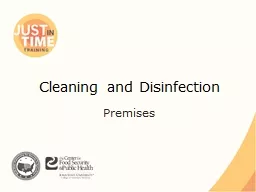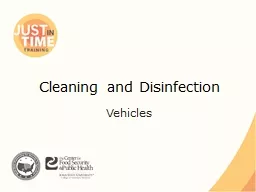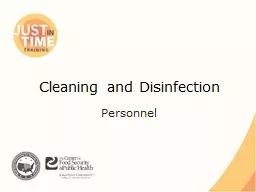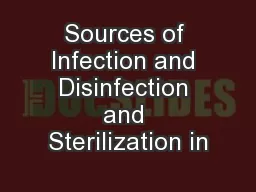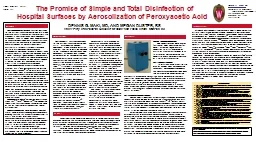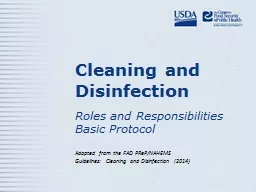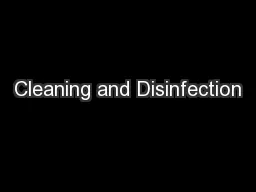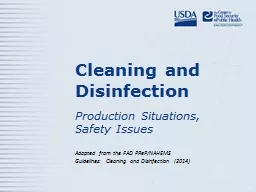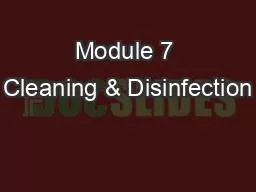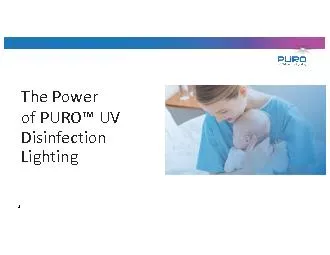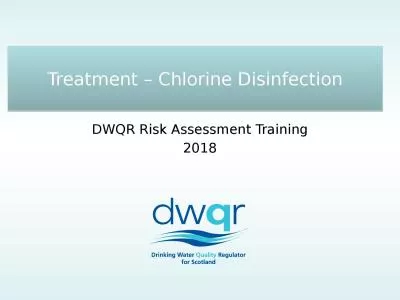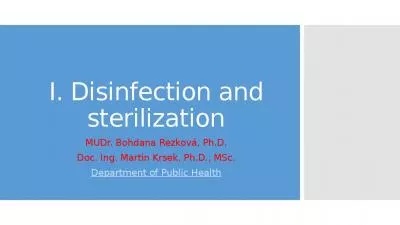PPT-Tracing High-Level Disinfection
Author : ellena-manuel | Published Date : 2019-11-21
Tracing HighLevel Disinfection April 26 2019 Mary Cole MSN CJCP CIC Consultant Joint Commission Resources Inc Publications and Record Restrictions Copyright 2019
Presentation Embed Code
Download Presentation
Download Presentation The PPT/PDF document "Tracing High-Level Disinfection" is the property of its rightful owner. Permission is granted to download and print the materials on this website for personal, non-commercial use only, and to display it on your personal computer provided you do not modify the materials and that you retain all copyright notices contained in the materials. By downloading content from our website, you accept the terms of this agreement.
Tracing High-Level Disinfection: Transcript
Download Rules Of Document
"Tracing High-Level Disinfection"The content belongs to its owner. You may download and print it for personal use, without modification, and keep all copyright notices. By downloading, you agree to these terms.
Related Documents


